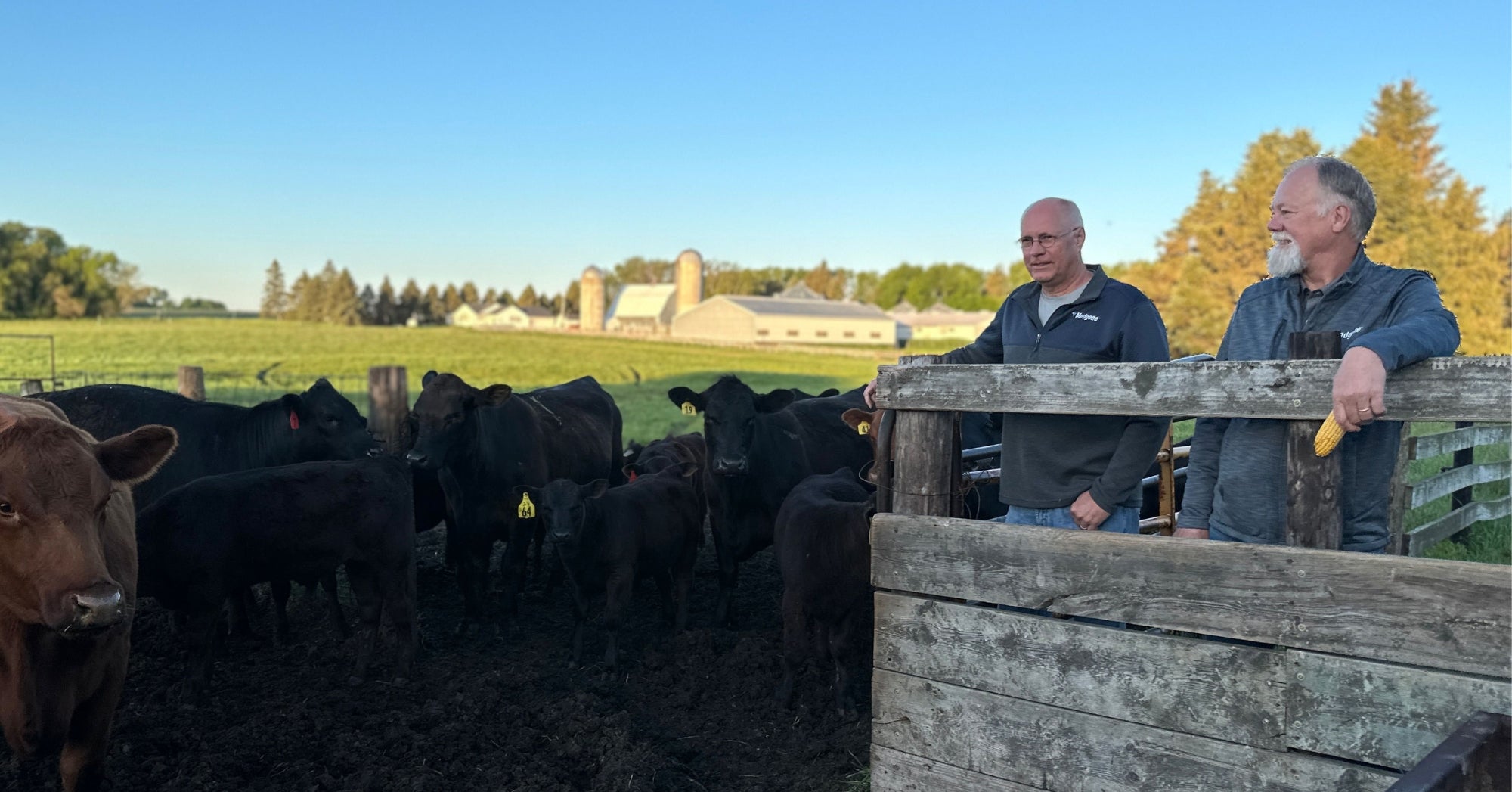[ad_1]
In 2018, the U.S. Department of Agriculture established a regulatory pathway for animal health companies to develop vaccines for critical disease challenges, known as “prescription platform” vaccines.
In South Dakota, Medgene’s proprietary production model, known as ISPrime, was designed to leverage these advances in vaccine science to address critical diseases including avian influenza virus H5N1, porcine circovirus PCV-4, and avian metapneumovirus.
The technology developed by Basel Institute and Harvard-trained scientist, Dr. Alan Young includes an ISPrime system that integrates fieldwork, advanced bioinformatics through the Spice platform, and continuous surveillance of the disease environment, ensuring a comprehensive approach from farm to lab to production.
Using the platform, Medgene says that they’ve decoded the genetic information necessary to develop vaccines targeting H5N1 in dairy cattle, PCV-4 in swine, and aMPV in turkey production. The company now says that they’re poised to begin distribution of these vaccines upon receiving U.S. Department of Agriculture approval to add them to its product lineup.
Medgene’s bioinformatics system, Spice, plays a pivotal role in the development of these vaccines. Bioinformatics, the practice of using sophisticated software to analyze complex biological data, is essential in monitoring disease genetics and incidence. Spice enables Medgene to stay ahead of emerging threats, ensuring that its vaccines are both effective and timely.


An H5N1 vaccine could do more than just protect cattle from infection and the resulting decline in milk production; it might also help reduce the risk of the virus infecting farm workers. Additionally, such a vaccine could minimize the chances of the virus mutating and adapting further to mammals, which could, in theory, lead to a pandemic.
While four vaccines were licensed prior to 2024 for avian influenza – HA subtype, H5N1, H5N3, and H5N9 — none were approved for the more virulent strain, H5N1 clade 2.3.4.4b, found in the current outbreak.
On May 3, the USDA issued a “request for information” from companies capable of developing and producing vaccines for cattle against H5N1. According to Jamie Jonker, chief science officer at the National Milk Producers Federation, up to 10 companies have shown interest in this effort. The American Association of Bovine Practitioners recently hosted closed-door presentations from several potential vaccine manufacturers.
“If a vaccine were to become available and be proven effective and safe, I believe it would see widespread use,” Jonker noted during the presentation. “The outbreak has already been confirmed in nine states, and the United States has a population of 13 million mature dairy cattle and young stock.
[ad_2]
